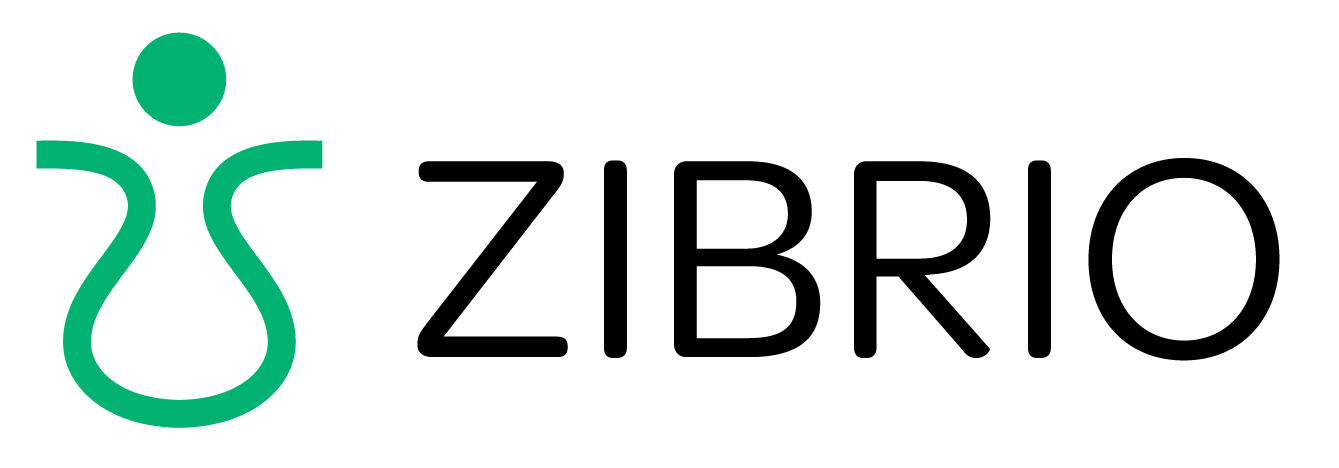Many fall risk assessments rely at least in part on self-reports of falls. In this article, we will share five reasons why relying on self-reported fall history is not an ideal way to screen patients for fall risk, and likely causes many at-risk patients to miss out on necessary fall-prevention interventions.
Read MoreFall risk assessment is a high-priority measure in MIPS. The requirement is to perform a fall-risk assessment for patients aged 65 and up who have a history of falls, which is defined as two or more falls in the past year, or any fall with injury in the past year.
Read MoreFalls already represent $67 billion in medical costs each year and are projected to rise to $100 billion by 2030. There has been a quiet breakthrough in a more scientific method to predict falls by quantifying an individual's intrinsic stability control with an objective score. ZIBRIO's Stability Pro Scale provides precise balance and fall risk measurement in 60 seconds which is predictive for up to one year.
Read MoreSenior adults’ falls are a common, serious, and rapidly growing public health problem. Falls are also the leading cause of trauma death in any age group. With the increasing fall rate, a substantial share of healthcare expenditures for adults aged 65 and older is attributable to falls.
Read More



